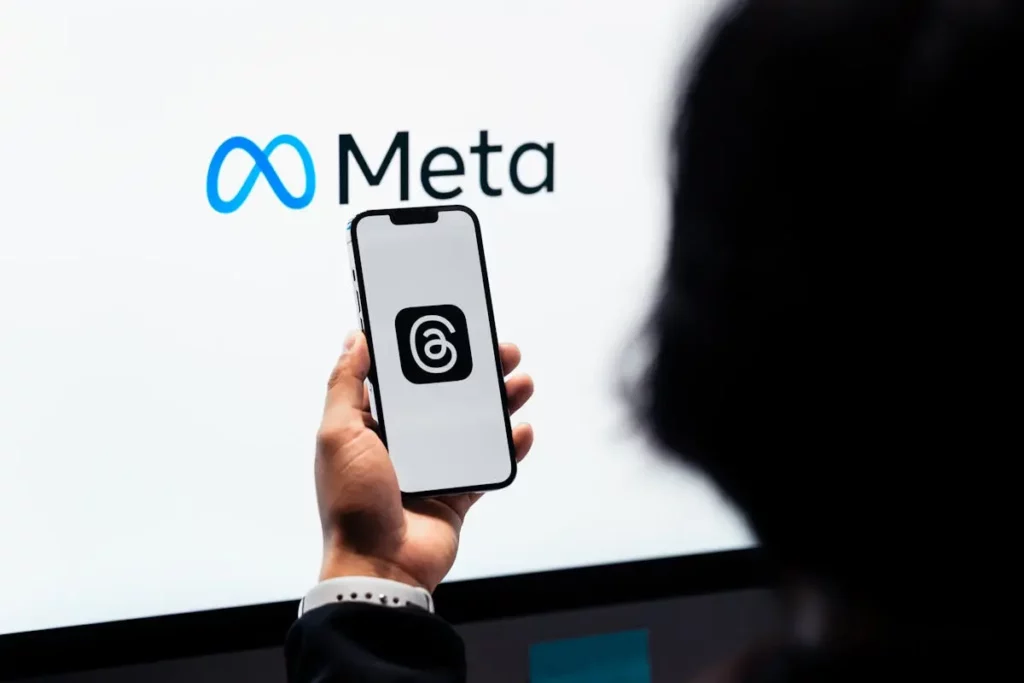In the ever-evolving world of digital marketing, Meta ads stand out as a powerful tool to boost your return on investment (ROI). But with so many strategies floating around, how do you know which ones will really make a difference for your brand? Fear not! In this blog, we’ll dive into twelve proven Meta ads strategies that you can implement today to see your numbers soar. Whether you’re a seasoned marketer or just dipping your toes into the vast ocean of online advertising, these tips will help you navigate the currents with ease.
1. Understanding Your Audience Inside and Out
The cornerstone of any successful Meta ads campaign is a deep understanding of your audience. This strategy involves more than just knowing basic demographics. It means diving into psychographics like interests, behavior, and purchasing habits. For instance, leveraging Meta’s Audience Insights tool enables you to tailor your ads to the people most likely to engage with your content or product. Creating buyer personas and using them to segment your target audience can significantly enhance your ad campaigns’ effectiveness, ensuring your message resonates and leads to higher conversion rates.
2. Leveraging High-Quality, Engaging Creative
In the busy world of social feeds, your ads need to stand out. Leveraging high-quality, engaging creatives is non-negotiable. This means investing in professional images, compelling videos, and eye-catching graphics that stop scrollers in their tracks. Remember, your ad’s first job is to grab attention; the second is to hold it long enough to deliver your message. Incorporating elements like emotive storytelling or surprising visuals can lift your ad from ordinary to unforgettable, pushing your ROI higher as more users engage with your content.
3. Mastering the Art of A/B Testing
One of the most powerful strategies in your Meta ads arsenal is A/B testing. This method involves creating two versions of your ad (A and B), which are identical except for one variation that might affect the user’s behavior—like a different call-to-action, image, or ad copy. By testing these variations against each other, you gain invaluable insights into what resonates with your audience. This meticulous approach to ad optimization can significantly boost your campaign’s performance, ensuring every dollar spent is working hard to achieve your marketing objectives.
4. Utilizing Advanced Targeting Options
Meta offers robust targeting options that can dramatically increase your ad’s effectiveness. Beyond basic demographics, you can target users based on their activities, interests, and even life events. This granular level of targeting ensures your ads reach individuals most likely to be interested in your product or service. For example, by targeting recent website visitors or people who engaged with your content, you’re using Meta’s advanced targeting options to reconnect with warm leads, pushing them further down the sales funnel.
5. Optimizing for Mobile Users
With the majority of Meta users accessing the platform via mobile devices, optimizing your ads for mobile is crucial. This means creating ads with mobile-friendly formats, like vertical videos for Stories, and ensuring your landing pages are mobile-optimized to prevent drop-offs. Mobile optimization not only improves the user experience but also increases the likelihood of conversion, as users find it easier to interact with your ads and take the desired action without friction.
6. Implementing Retargeting Campaigns
Retargeting campaigns are a secret weapon for boosting Meta ads’ ROI. This strategy involves showing ads to users who have already interacted with your brand, whether by visiting your website, engaging with your social media content, or adding items to their cart without completing a purchase. Tools like the Facebook Pixel make retargeting simpler, helping you stay top of mind with audiences who are already interested in what you offer. Retargeting campaigns tend to have higher conversion rates and lower cost per acquisition, making your ad spend more efficient.
7. Exploring Different Ad Formats
Don’t limit your creativity to just one type of ad format. Meta’s platform supports a variety of formats, including single images, videos, carousels, and collections. Each format serves a different purpose and can be more effective depending on your campaign goals. For instance, carousel ads are great for showcasing multiple products, while video ads can tell a deeper story about your brand. Experimenting with different ad formats allows you to discover what kinds of content your audience engages with the most, leading to better performance and ROI.
8. Choosing the Right Bidding Strategy
The bidding strategy you select for your Meta ads can significantly impact your campaign’s success. Whether you choose lowest cost, cost cap, or bid cap, your strategy should align with your campaign objectives. Understanding the nuances of each bidding strategy, such as using cost cap to manage variance while achieving cost-efficient results, enables you to take control of your ad spend and ensure you’re getting the best possible return on your investment.
9. Maximizing the Use of Video Content
Video content stands out in Meta’s fast-scrolling feeds, capturing attention and fostering engagement more effectively than static images. From short, punchy videos that entertain to longer formats that educate, video content is versatile and highly shareable. Moreover, utilizing features like automatic play and captioning can further enhance your video ads’ performance. Leveraging user-generated videos and testimonials within your campaigns can also add a level of authenticity and trustworthiness to your brand, encouraging more users to engage with your ads.
10. Crafting Compelling Calls to Action
A compelling call to action (CTA) is pivotal in guiding users toward your desired outcome, be it making a purchase, signing up for a newsletter, or downloading an e-book. Your CTA should be clear, direct, and urgent, prompting users to take action immediately. Consider testing different CTA phrases and placements to see which combinations drive the most conversions. Tailoring your CTA to match the specific stage of the buyer’s journey that your audience is in can significantly increase your click-through rates and overall campaign effectiveness.
11. Leveraging Analytics for Smarter Decisions
Data is your best friend when it comes to refining your Meta ads strategy. By diving deep into your campaign analytics, you can uncover patterns and insights that inform smarter ad decisions. Tracking metrics like click-through rate, conversion rate, and return on ad spend allows you to pinpoint what’s working and what’s not. Enhancing your campaigns based on data-driven insights ensures you’re constantly improving your approach to achieve maximum ROI. Utilize Meta’s built-in analytics tools to stay on top of your ad performance and make informed adjustments in real-time.
12. Staying Up-to-Date with Platform Updates
The digital advertising landscape is always changing, with Meta frequently rolling out updates to its ad platform. Keeping abreast of these updates—and understanding how they impact your advertising strategies—is crucial for staying competitive. From algorithm changes that affect ad delivery to new ad features and targeting options, staying informed allows you to adapt quickly and maintain or improve your campaign performance. Regularly checking in on official Meta updates and industry blogs can help you stay ahead of the curve and leverage new opportunities as they arise.






